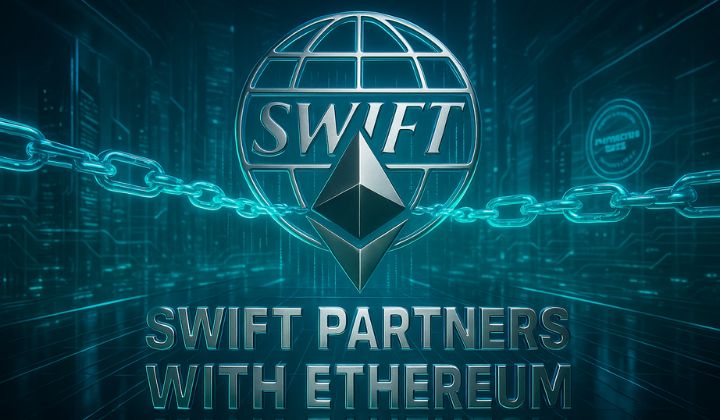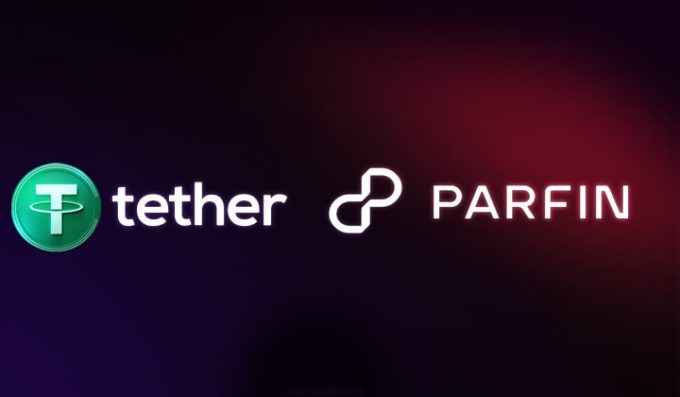Ethereum co-founder and ConsenSys chief Joseph Lubin, announced on Bloomberg Crypto that ConsenSys is building the prototype for SWIFT’S blockchain based shared ledger.
SWIFT is now venturing deep into decentralized territory that could transform how international transactions are executed.
At the recent event in Frankfurt, SWIFT unveiled plans to develop a shared ledger system for cross-border finance which is a pivotal shift from mere messaging to programmable money movement.
The timing could not be better than this as stablecoins continue to gain ground, the $300 billion sector poses a direct challenge to SWIFT’S dominance.
Lubin confirmed that ConsenSys is developing the technology, and they will integrate ISO 20022 messaging standards to be “asset-agnostic.”
This makes sure that it is compatible with both private and public blockchains. SWIFT is yet to name the network it’s testing but right now all signs are pointing to Linea. Linea is ConsenSys’s Layer-2 rollup built atop Ethereum, and is known for its scalability, low transaction costs and seamless compatibility.
From Bank Wires to Smart Contracts
For decades, SWIFT has been the backbone of global interbank communication. It is taking a different approach, not as a bystander to blockchain but now shaping its integration into mainstream finance.
Lubin in the conference described a notable shift in sentiment among financial institutions. He comments on how instead of decentralized finance as a threat, banks are beginning to see it as an opportunity for efficiency and innovation.
The prototype will let institutions to adopt blockchain-based ledgers while maintaining security and compliance frameworks to depend on.
SWIFT’s move isn’t about abandoning its existing network but augmenting it. The blockchain layer would act as a settlement extension, allowing banks to experiment with tokenized assets and real-time transfers without disrupting their traditional infrastructure.
Several global banking giants are already contributing input to this early phase, underscoring the industry’s growing appetite for on-chain finance.
A High-Wire Act for Global Finance
With over 11,500 financial institutions depending on SWIFT, even a pilot shift toward distributed ledgers involves immense complexity. The system must balance decentralization with regulatory compliance, ensure seamless interoperability, and guarantee that existing liquidity systems remain intact.
Another challenge lies in governance. Linea is built and managed by ConsenSys, questions still remain about the level of decentralization and independence the project can maintain, even if it is in early rollout.
Industry observers comment that finding balance between control and openness will be critical.
Quiet Progress, Massive Potential
Lubin refrained from offering a detailed timeline, suggesting that the teams are first defining the “end state” before assigning milestones. He also emphasized that public communication will remain limited as the project evolves under SWIFT’s direction.
Still, the implications are enormous. If successful, the SWIFT–ConsenSys collaboration could mark the beginning of real-time, programmable cross-border payments, settled in seconds, not days. It would prove that decentralized technology and traditional finance can coexist, even complement each other.
For Ethereum, it’s a watershed moment. A functioning SWIFT prototype powered by ConsenSys technology would anchor Ethereum’s ecosystem at the very heart of global finance, turning what was once a radical experiment into the new financial standard.
You need to login in order to Like

















Leave a comment